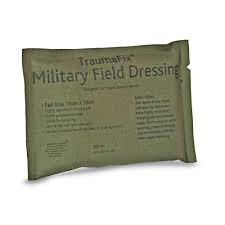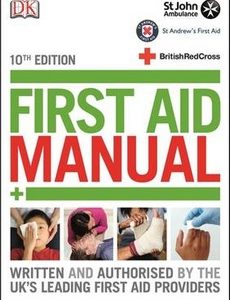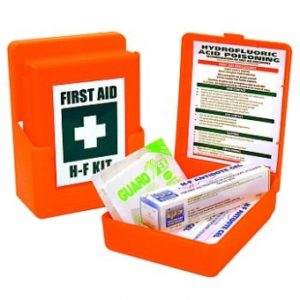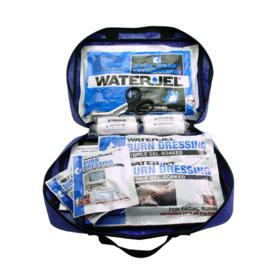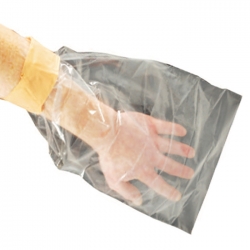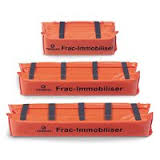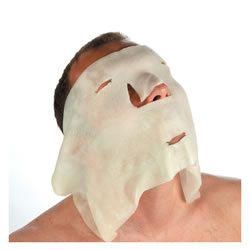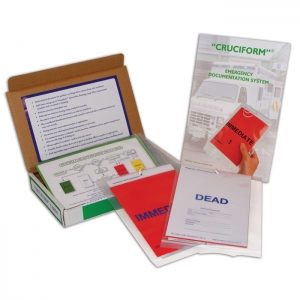Description
Baymed can now offer First Aid at Work Training Courses! *** Please contact the office on 01355 270500 for further information and booking *** First Aid at Work Ofqal Regulated (QCF Level 3) – 3 Days – £190+VAT Per Person First Aid at Work Ofqal Requalification Regulated (QCF Level 3) – 2 Days – £130+VAT Per Person Emergency First Aid at Work Ofqal Regulated (QCF Level 2) – 1 Day – £80+VAT Per Person Guide to Carrying out a First Aid Needs Assessment The new First Aid at Work Guidelines for Employers from the Health and Safety Executive effective from 1st October 2013. The new type of first aid needs assessment will identify what type of first aid training your first aiders will need, how many first aiders you need and where they should be located. A First Aid Needs Assessment should consider the following topics: the nature of the work, the hazards and the risks the nature of the workforce the organisations history of accidents and illness the needs of travelling, remote and lone workers work patterns such as shift work the distribution of the workforce the remoteness of the site from emergency medical services employees working on shared or multi-occupied sites annual leave and other absences of first aiders first-aid provision for non-employees the size of the organisation The nature of the work, the hazards and the risks One of the more complicated areas of the new first aid needs assessment is considering the nature of the work, the hazards and the risks. You should consider the risks and identify what possible injuries could occur in order to ensure sufficient first aid provision is available. The following table, compiled using information from the Health & Safety Executive, identifies some common workplace risks and the possible injuries that could occur: Risk Possible Injuries Requiring First Aid Manual Handling Fractures, lacerations, sprains and strains. Slip and trip hazards Fractures, sprains and strains, lacerations. Machinery Crush injuries, amputations, fractures, lacerations, eye injuries. Work at height Head injury, loss of consciousness, spinal injury, fractures, sprains and strains. Workplace transport Crush injuries, fractures, sprains and strains, spinal injuries. Electricity Electric shock, burns. Chemicals Poisoning, loss of consciousness, burns, eye injuries. The table is not comprehensive and does not cover all the risks that could occur in a workplace, so you should look at each area of the workplace and document the risks and the possible injuries. One reason for this exercise is to ensure that you provide the correct type of first aider(s). There are now two levels of workplace first aider: Emergency First Aider at Work (EFAW) 6 hour course First Aider at Work (FAW) 18 hour course. You should ensure that your first aiders are trained to deal with the injuries and illness that could occur. The table below will help you match your requirements to the most appropriate course: What Emergencies are First Aiders Trained to Deal With? EFAW = Emergency First Aid at Work (6 hour course)FAW = First Aid at Work (18 hour course) EFAW6 Hours FAW18 hours Acting safely, promptly and effectively in an emergency * * Cardio Pulmonary Resuscitation (CPR) * * Treating an unconscious casualty (including seizure) * * Choking * * Wounds and bleeding * * Shock * * Minor injuries * * Preventing cross infection, recording incidents and actions and the use of available equipment * * Fractures * Sprains and strains * Spinal injuries * Chest injuries * Severe burns and scalds * These topics are not covered on the EFAW course, so if any of these injuries or illnesses could occur, a full First Aider at Work should be provided.Eye injuries * Poisoning * Anaphylaxis * Heart attack * Stroke * Epilepsy * Asthma * Diabetes *



